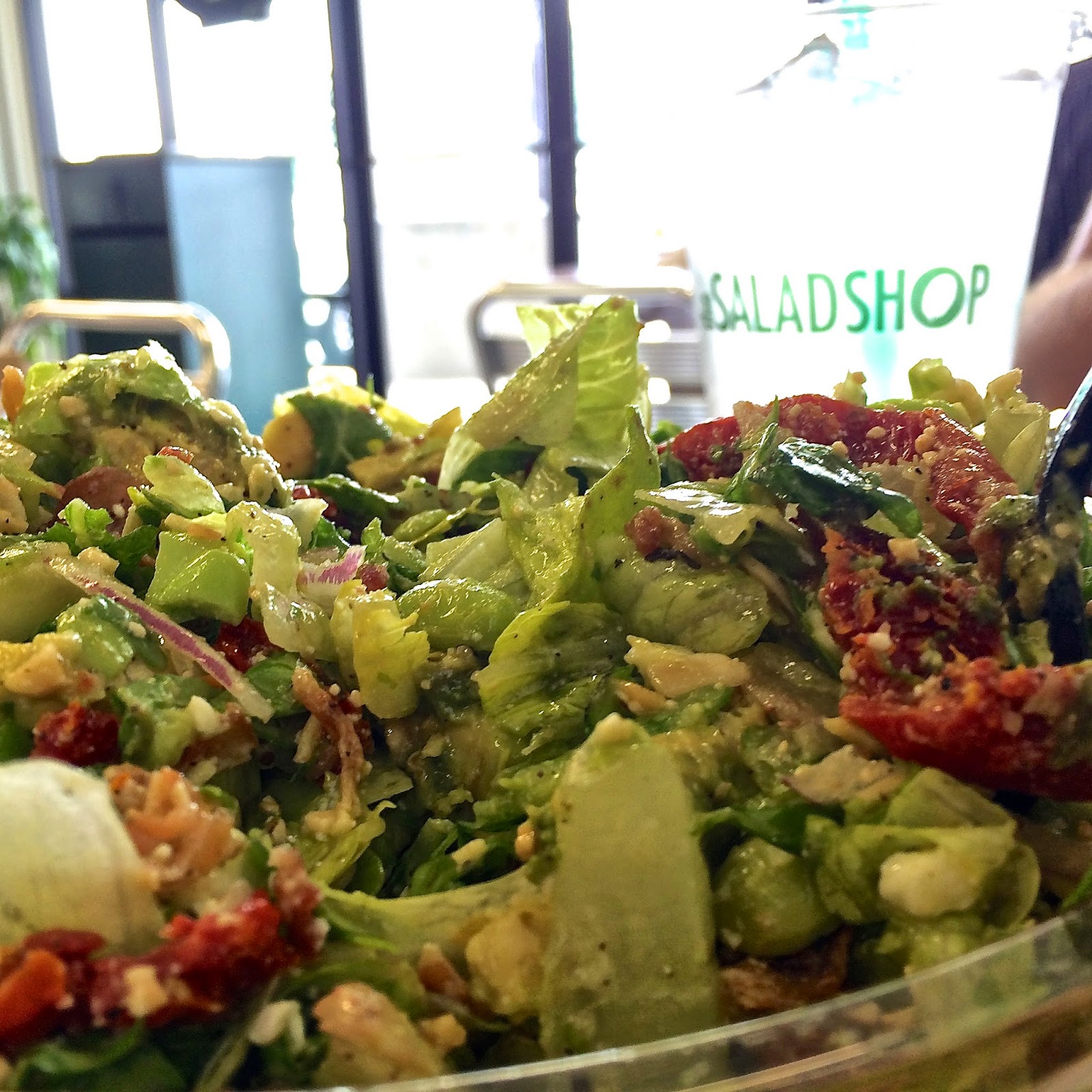

While most commonly found in bars, these forks can also be used to eat seafood including shrimp, crab, and lobster, and may be employed in both formal and informal settings. Sets of cocktail forks may come in a range of sizes. The tines are a perfect size and distance apart for handling olives and other garnishments. These small two-tined forks are meant for adding garnishments to drinks.

The tongs hold the meat down while the carving knife is passed between them, allowing for more precise (and safer) carving. This two-tined fork has especially long tines and is used for carving large chunks of meat, such as hams. If salad comes after the meal but prior to dessert, the dessert fork will be by the plate with the salad fork to the left of it and to the right of the dinner fork. For example, if salad is the first course needing a fork, the salad fork will be on the far left. It should be noted that most forks are placed on the left side of the plate and ordered according to the order of courses. We’ll be concerned with the table variety in this article and cover both common and uncommon varieties. Today, we have more than a dozen different kinds of eating fork, and many more used for utilitarian purposes (such as pitchforks, tridents, and fish spears). Even then, these two-tined forks were quite rare until well into the late Medieval period. In Europe, the fork didn’t begin to catch on until the 1500s.ĭuring the Medieval period, a predecessor to the modern day roast and carving forks was in use, but only in major feasts for the purpose of spearing slabs of meat to put onto your trencher (a plate made of bread that was then donated to the poor after a feast ended).

In the Orient, chopsticks are traditional, with forks only recently becoming widespread.


 0 kommentar(er)
0 kommentar(er)
